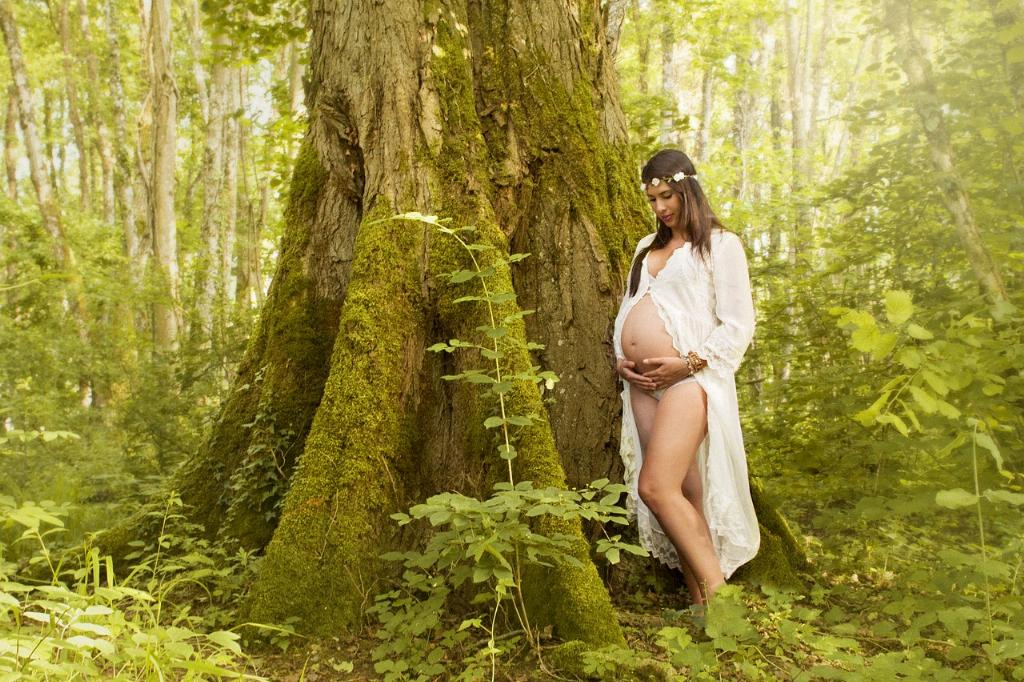When it comes to the health and well-being of our little ones, it is essential to be aware of the potential risks that exposure to second-hand vape can pose. While the discussion around the effects of second-hand smoke has been ongoing for years, the growing popularity of vaping has sparked questions about its impact on vulnerable populations like babies.
Research has shown that second-hand and third-hand smoke and vapour can be particularly harmful to babies and children. The exposure to these harmful substances can significantly increase a child’s risk of developing various health issues, including respiratory problems, ear infections, and even sudden infant death syndrome (SIDS).
One of the key concerns with second-hand vaping is the presence of harmful chemicals in the vapour that can be inhaled by those in close proximity. Vapes contain many of the same toxic chemicals found in traditional cigarettes, such as nicotine, volatile organic compounds, and heavy metals, which can have detrimental effects on a developing baby’s delicate system.
Passive smoking and vaping have been linked to an increased risk of early death in children, as well as a higher likelihood of developing lung diseases and other respiratory conditions. For babies, whose lungs and immune systems are still developing, exposure to these harmful substances can pose an even greater threat to their health and well-being.
Additionally, the effects of second-hand vape exposure can extend beyond just immediate health concerns. Studies have suggested that children who are exposed to second-hand smoke and vapour may be more likely to experience learning and behavioral problems later in life, highlighting the long-lasting impact that such exposure can have.
It is crucial for parents and caregivers to be mindful of their vaping habits and the potential risks they may pose to their little ones. Creating a smoke-free and vape-free environment is essential for ensuring the health and safety of babies and children, as even minimal exposure to second-hand vape can have serious consequences.
When it comes to protecting our children from the dangers of second-hand vape, education and awareness play a significant role. By understanding the risks associated with second-hand exposure to vaping, parents can take proactive steps to minimize their child’s exposure and create a healthier living environment for their family.
Furthermore, advocating for smoke-free and vape-free policies in public spaces and around children can help to reduce overall exposure to harmful substances, creating a safer environment for all individuals, especially vulnerable populations like babies.
While the debate around vaping continues to evolve, one thing remains clear – the health and well-being of our children should always be a top priority. By staying informed, taking preventative measures, and advocating for smoke-free environments, we can work towards protecting our little ones from the potential dangers of second-hand vape exposure.
Ultimately, the question of whether second-hand vape can affect babies is not one to be taken lightly. The evidence is clear – exposure to second-hand vaping can have serious implications for a baby’s health and development. It is up to us as caregivers and advocates to take the necessary steps to create a safe and healthy environment for our children to thrive.
Together, we can make a difference in safeguarding the health of our little ones and ensuring a brighter, healthier future for generations to come.

